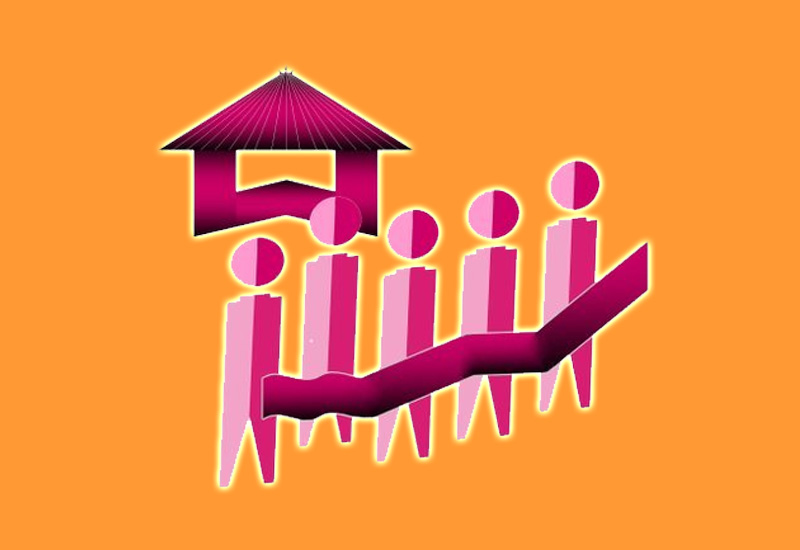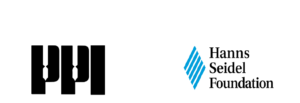BAGUIO CITY – The Cordillera office of the Philippine Statistics Authority (PSA-CAR) revealed that occupied housing units in the Cordillera increased by 12.5 percent from 347,362 units in 2010 to 390,923 units in 2015.
The PSA-CAR noted that among the Cordillera provinces, Benguet had the most occupied housing units with 106,117 units or 27.2 percent share followed by Baguio city with 87,731 units or 22.4 percent share and Abra with 51,593 units or 13.2 percent share.
On the other hand, Apayao had the least occupied housing units with 25,418 units or 6.5 percent share followed by Mountain Province with 31,857 units or 8.9 percent share and Kalinga with 41,990 units or 10.7 percent share.
Based on the PSA-CAR report, there were a total of 395,748 households that were recorded in the region in 2015 and the household to occupied housing unit ratio was at 1 percent which means that there are 101 households in every 100 occupied housing unit.
Abra and Baguio City had the highest household to housing ratio with 103 households per 100 occupied housing unit and the lowest ratio was recorded both in Ufugao and Kalinga with 100 household per 100 occupied housing unit.
The PSA-CAR stated that the number of persons per occupied housing unit in the region was recorded at 4 persons per occupied housing unit and Kalinga had the most persons per occupied housing unit at 5 persons per occupied unit while the least was recorded in Baguio City at about 4 persons per occupied housing unit.
The PSA-CAR added that majority of the occupied housing units in the region are single house type of housing units made up three-fourths or 75.8 percent of the total occupied housing units in the region; 16.0 percent were multi-unit residential; 7.7 percent were duplex houses; and only 0.4 percent were other housing units. Other housing units include those in commercial, agricultural building, institutional living quarters and others.
Moreover, the PSA-CAR stipulated that there were 3 single occupied housing in every 4 occupied housing units
The PSA-CAR claimed that the most common materials used for the roof and walls of housing units in the region were made of strong materials and strong materials for outer walls refer to concrete, bricks, stones, and wood or a combination of the same materials while light materials refer to bamboo, sawali, cogon and nipa.
For roof, strong materials include galvanized iron, aluminium, tile, concrete, and clay tile or a combination of the same while light roofing materials refer to bamboo, sawali, cogon and nipa.
Of the 390,923 occupied housing units, 183,328 or 46.9 percent occupied housing units had outer walls that were made of concrete, brick or stone meaning for every 10 occupied housing units, there were about 5 occupied units with outer walls which were made of strong materials.
Moreover, occupied housing units in the region with roofs of galvanized iron, aluminium were recorded at 352,666 or 90.1 percent of the total occupied housing units or for every 10 occupied units, 9 units had roof which were made of strong materials
By Dexter A. See













